Where did summer go?? It feels like just yesterday we were kicking off the Memorial Day weekend and now we find ourselves sending the kids back to school! That fall favorite, the spiced pumpkin latte, is back with a higher price tag due to the 50% tariffs on Brazil, which supplies 33% of US coffee beans.
As we conclude the third quarter of 2025, we find ourselves in a market environment that has continued to climb a “wall of worry” throughout the year. The period was characterized by a push and pull between resilient corporate earnings and a complex macroeconomic backdrop defined by new trade tariffs, geopolitical tensions, wars and ongoing budget policy uncertainty.
The primary themes of the quarter revolved around the impact of these tariffs, the response of global central banks, and the market's continued focus on a handful of leading AI driven tech companies. The U.S. Federal Reserve, which had been holding its key interest rate at 4.5%—having initiated rate cuts in late 2024—is now widely expected to cut rates in September. This shift in expectation came following the revisions in the July, released in the first week of August, US payroll report, which revealed a significant weakness in the labor market. The downward revisions to earlier months' job numbers showed that job growth was far weaker than previously believed. Many of their European and Japanese counterparts have continued to pursue more accommodative monetary policies, which has contributed to a supportive environment for risk assets.
The fiscal picture also remained a key area of attention. The federal deficit continues to be a concern, and the ongoing need for the U.S. Treasury to issue more debt has kept a steady supply of bonds on the market. The next major political hurdle for the markets could come as soon as September 30th, the due date for the new budget or continuing resolution. If Congress fails to deliver either the government will shut down October 1st.
Stocks
After a turbulent start to the year climaxing with April's tariff shock induced drawdown, the stock market demonstrated remarkable resilience in the third quarter. The major U.S. indices pushed to new all-time highs, largely on the back of strong corporate earnings reports.
Looking at total return year-to-date, the S&P 500 has generated a return of around 10.8%. This strong performance has been largely driven by large-cap technology and communication services companies. The Dow Jones Industrial Average has also delivered a positive total return of approximately 7.1%.
The rally has not been universal in its composition, but it has been strong across market caps. The Russell 2000 Index, which tracks the performance of smaller companies, has delivered a strong year-to-date total return of approximately 7.1%. The prospect of lower interest rates should be particularly helpful for smaller companies, as they tend to be more leveraged than their larger counterparts. This should reduce their borrowing costs and provide a tailwind to their earnings, as long as the economy doesn't weaken or go into a recession.
All of these and many more factors underscore a key point of our investment philosophy: broad diversification is crucial. While it is tempting to chase the returns of the best-performing sectors and companies, history shows that market leadership rotates. A portfolio that is overly exposed to a small group of stocks or a single sector will be more vulnerable to sharp pullbacks.
Bonds
The bond market presented a mixed picture during the quarter. Yields on U.S. Treasury bonds remained volatile, moving within a range as investors grappled with inflation concerns and fiscal policy. The 10-year Treasury yield finished the quarter around 4.35%, largely in line with where it began the period, but with significant swings along the way.
Along with the expected rate cut in September market participants are pricing in an additional 1 to 2 cuts by the end of Q1 2026. This has created a dynamic where short-term yields are coming down while long-term yields have been subject to a great deal of policy and inflation uncertainty, leading to a steepening of the yield curve. A steep yield curve is a tailwind for the financial sector and allows bond investors the opportunity to lock in today's solid yields in the 5-10 years to maturity space. Another good piece of news is that bond correlations to stocks have fallen back to historical norms, allowing them to continue to serve their core function in a portfolio: providing a steady source of income while acting as ballast against stock market volatility.
Commodities
In the commodity space, gold and oil showed divergent trends. The price of gold continued its impressive run, reaching new all-time highs and reinforcing its role as a safe-haven asset. The metal's appeal was boosted by ongoing geopolitical uncertainty and a weakened U.S. dollar. The gold market was also supported by consistent demand from central banks, particularly in emerging markets, as they seek to diversify their reserves away from the US dollar (de-dollarization).
Oil, on the other hand, faced significant headwinds. Global crude oil prices fell sharply during the quarter and are down 16.8% so far this year, largely due to a notable increase in supply from both OPEC+ members and non-OPEC producers like the United States. This increase in production, coupled with concerns about a potential slowdown in global economic growth due to the tariff disputes, led to a drop in the price of a barrel of oil.
A Look at Other Popular Themes
While we do not actively invest in them, we recognize the growing public interest in other market themes. The cryptocurrency market, for example, saw a clear shift in sentiment this quarter. Bitcoin, in particular, saw a strong rebound, fueled by renewed institutional interest and accelerating inflows into spot-based ETFs. While this rally may seem enticing, it's important to remember that these markets are highly speculative and volatile. They should be only a small part of your overall portfolio since they lack the fundamental underpinnings of traditional assets.
Closing Thoughts
The third quarter of 2025 served as a reminder that markets can be both unpredictable and resilient. As we head into the final quarter of the year, it is important to remember that the fourth quarter has historically been a strong period for risk assets. This year, it also has the potential tailwind of the restart of Federal Reserve rate cuts and the hope that the issue of tariffs will be resolved before the Christmas shopping season kicks off, either by trade deals or by the Supreme Court upholding the current ruling of the US Court of Appeals finding the tariffs illegal.
The start of Q4 is a great time to review your portfolio, revise your investment plans, and start thinking about year-end tax planning before we all get busy with the year end holidays.
If you have any questions or would like to discuss this further, please do not hesitate to contact me. Always remember that by avoiding the temptation to react to short-term market noise, we can remain focused on your long-term financial goals.
